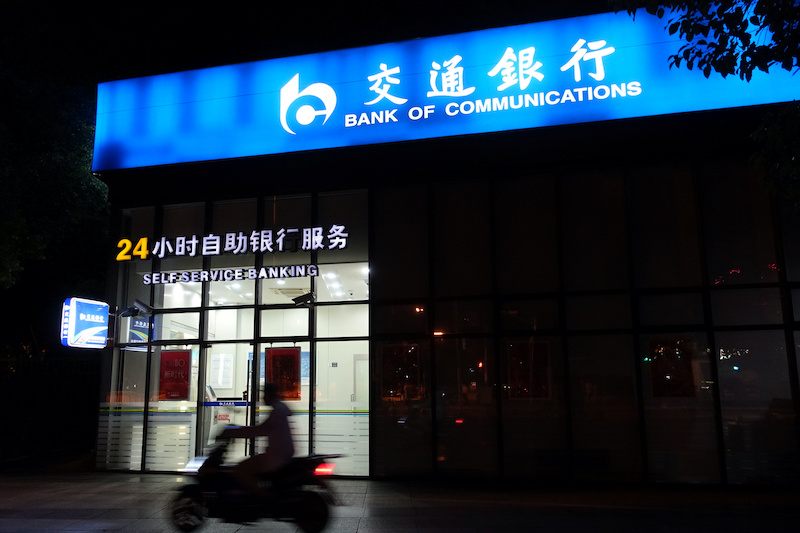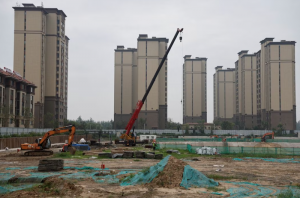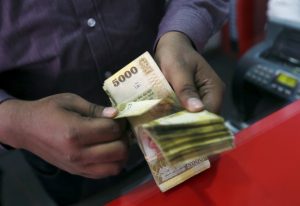China’s five largest state-owned banks announced their strongest profit growth in seven years in the first quarter of 2022, citing a decline in bad debts as a driving factor.
While many lenders are burdened with loans extended to cash-strapped property developers, China’s largest banks have more diversified portfolios and less exposure to risky property clients.
The Industrial and Commercial Bank of China, the world’s largest lender, reported a 5.7% increase in first-quarter net profit, the fastest rate of growth in that period since 2015. China Construction Bank Corp (CCB), Agricultural Bank of China Ltd (AgBank) and Bank of Communications Co Ltd (BoCom) also posted their fastest rates of first quarter profit growth since 2014.
Bank of China, China’s fourth largest bank by assets, similarly announced first quarter profits jumped 7%, also the fastest rate of growth in first quarter profits since 2015.
All five banks also reported shrinking or steady non-performing loan ratios.
While first-quarter results show a rebound by the big banks from slowing economic growth caused by the original covid outbreak, two years later they face a resurgence of the more transmissible Omicron variant, which is sweeping China.
The financial hub of Shanghai has been locked down for four weeks, as the capital Beijing began mass testing in some areas.
“The renewed business disruptions from China’s coronavirus-induced lockdowns will continue to weigh on economic sentiment and activity and add to banks’ asset risks,” said Yulia Wan, a banks analyst at Moody’s.
One banker at a top-ten Chinese bank said she had seen the greatest impact among small to medium-sized enterprises.
“The smaller borrowers, especially those in manufacturing, are really suffering this time round, because they don’t have the cash reserves like some of the bigger companies to be able to keep operations running indefinitely,” she said.
But her bank was not handing out a blanket pass to those suffering cash-flow issues caused by the lockdowns, she added.
China notified its “Big Four” state lenders on Friday that they can issue loss-absorbing bonds, in a move that would help douse potential instability in its financial system.
The lenders have a challenging year ahead.
“Slower GDP growth, lower interest rates, property sector distress and external uncertainties from the Russia-Ukraine military conflict will weaken Chinese banks’ operating environment and asset risk in the coming 12 to 18 months,” Moody’s said in a note earlier this month.
- Reuters, with editing by Neal McGrath























